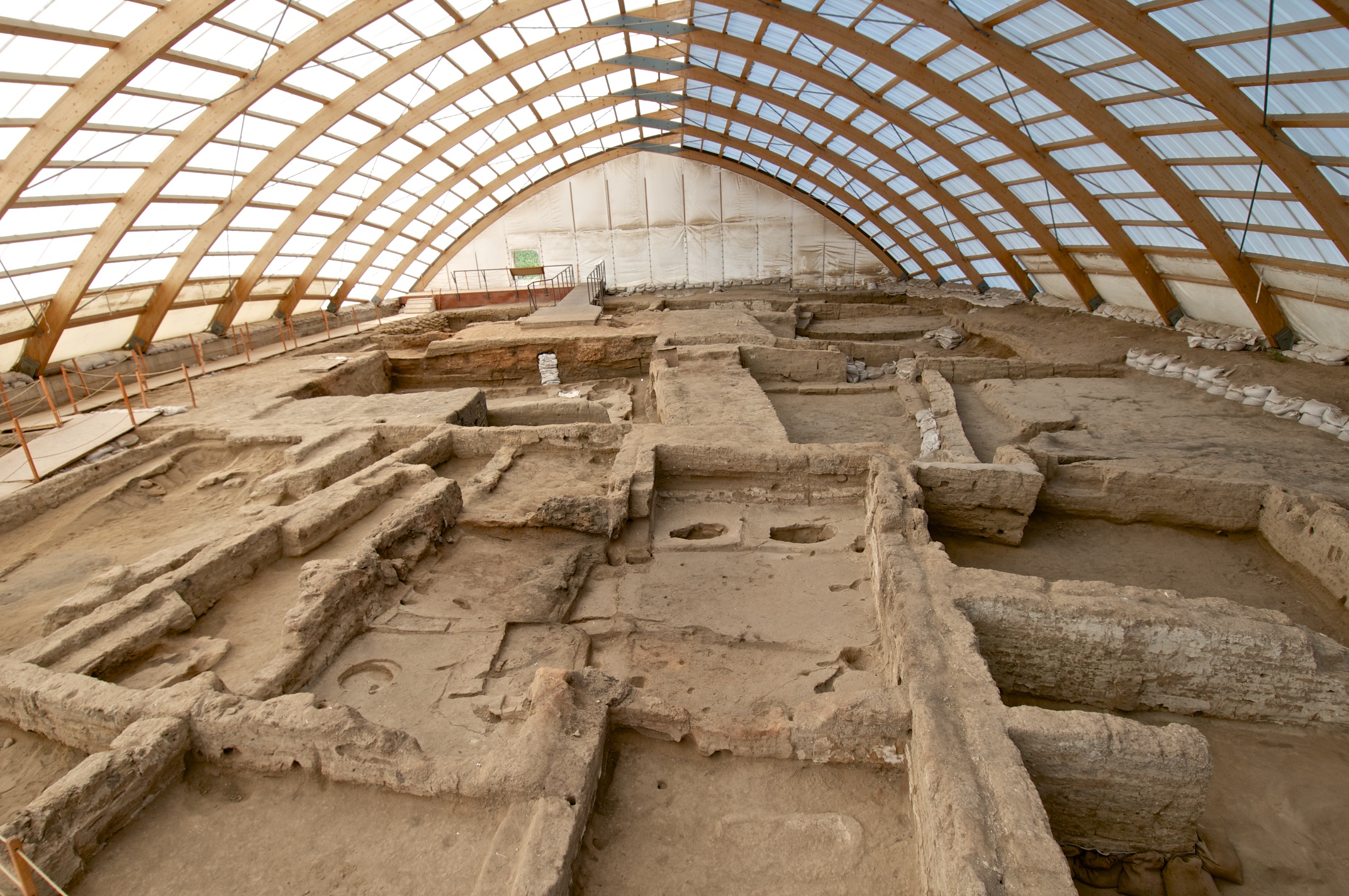About the Project
Dating back 9000 years and exceptionally well preserved, the Neolithic site of Çatalhöyük offers a unique opportunity to understand the complex relationship between ‘biofuel’ burning, settlement structure, and respiratory health. With an archive of 25 years of radiocarbon dated material, the Çatalhöyük record provides an opportunity to examine the relationship between fuel use and health over a long-term timescale that is not available in studies of modern contexts.
The project combines archaeological and GIS analysis of fuel and health, with modern modelling tools for estimating the impact of air quality on human health (Namdeo and Bell 2004), developed by civil engineer experts in environmental health monitoring. The focus of the project is to establish a robust international network, and to conduct pilot studies to assess the preservation of molecular indicators of respiratory health within the archive of human skeletal material, and to assess the feasibility of applying modern urban air modelling techniques to an archaeological settlement.
 Çatalhöyük (Turkey). General view of the site. Photo credits: Jason Quinlan.
Çatalhöyük (Turkey). General view of the site. Photo credits: Jason Quinlan.



